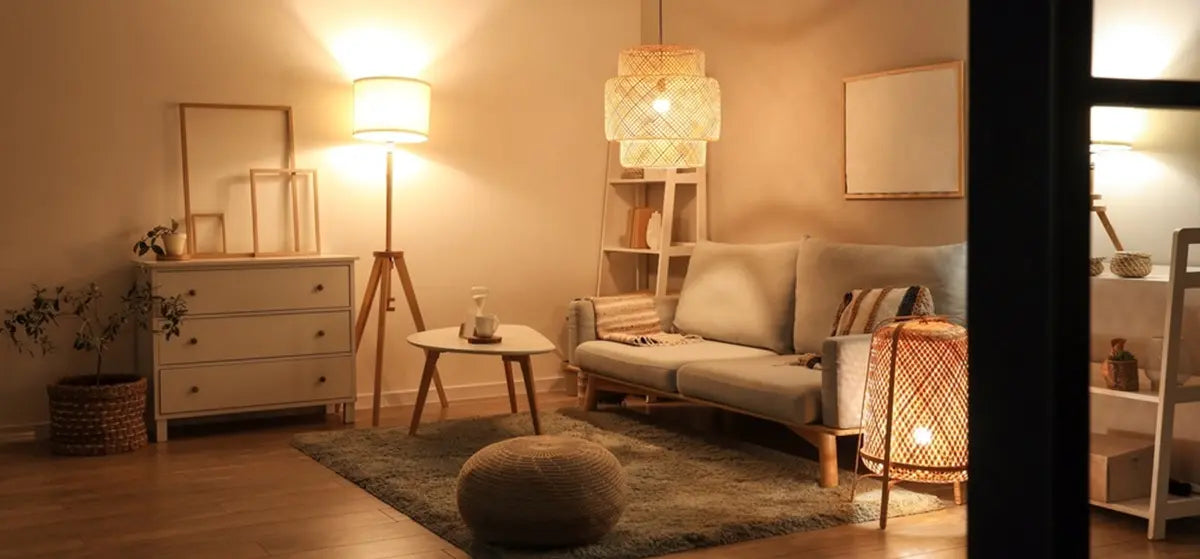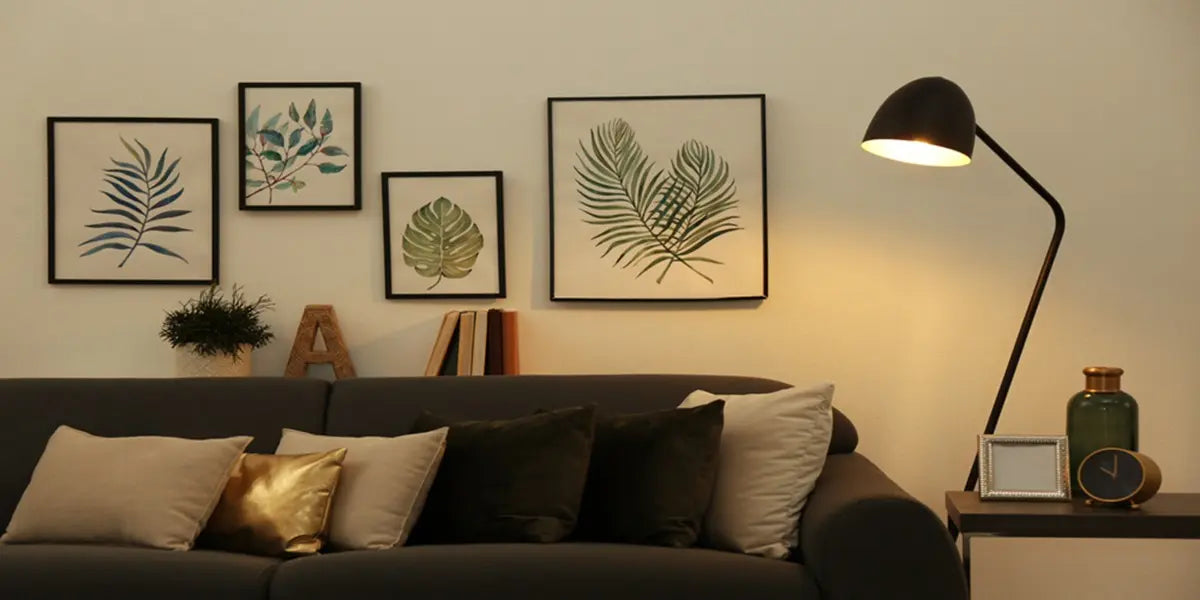Floor lamps are a common feature in many homes. They provide ambient lighting and can enhance the decor. But are they safe?
Potential Hazards of Floor Lamps
Floor lamps can pose several risks. Understanding these dangers can help you mitigate them.
Fire Hazards
One of the primary concerns is fire. Floor lamps can overheat, especially if they use high-wattage bulbs. This can lead to fires.
- Using bulbs with wattage higher than recommended can cause overheating.
- Placing lamps near flammable materials increases fire risk.
According to the National Fire Protection Association, lighting equipment was involved in 6% of home fires between 2014 and 2018. This statistic underscores the importance of using floor lamps safely.
Electrical Hazards
Electrical issues are another concern. Faulty wiring or damaged cords can lead to electric shocks or short circuits.
- Inspect cords regularly for damage.
- Avoid using extension cords for permanent setups.
In 2019, the U.S. Consumer Product Safety Commission reported over 4,000 injuries related to electrical cords. This highlights the need for caution.
Stability Issues
Floor lamps can be top-heavy. This makes them prone to tipping over, especially in homes with pets or children.
- Choose lamps with a sturdy base.
- Place them in low-traffic areas to reduce the risk of being knocked over.
In 2020, the American Academy of Pediatrics noted that falling objects, including lamps, are a leading cause of injuries in children under five.
Case Studies and Real-Life Examples
Real-life incidents can provide valuable lessons. Here are a few examples:
Case Study 1: The Overheated Bulb
In 2018, a family in Texas experienced a house fire. The cause? A floor lamp with a 100-watt bulb in a fixture rated for 60 watts. The lamp overheated and ignited nearby curtains.
Case Study 2: The Faulty Cord
A woman in California suffered an electric shock in 2019. She had been using a floor lamp with a frayed cord. The exposed wires caused a short circuit when she turned the lamp on.
Case Study 3: The Tipping Lamp
In 2020, a toddler in New York was injured when a floor lamp tipped over. The lamp had a narrow base and was placed in a high-traffic area. The child bumped into it while playing.
Safety Tips for Using Floor Lamps
Here are some tips to help you use floor lamps safely:
-
Use the Correct Bulbs: Always use bulbs with the wattage recommended by the lamp manufacturer. Overheating can occur if the bulb's wattage is too high.
-
Keep Away from Flammable Materials: Ensure lamps are placed away from curtains, paper, furniture, and other flammable objects.
-
Regularly Inspect Cords for Damage: Check power cords frequently for fraying, cuts, or exposed wires. Damaged cords should be replaced immediately to prevent electrical hazards.
-
Use Lamps with a Stable Base: Choose floor lamps with a sturdy and weighted base. This helps prevent tipping, especially in homes with children or pets.
-
Place Lamps in Low-Traffic Areas: Position lamps in areas where they are less likely to be bumped or knocked over. Avoid high-traffic zones to minimize tripping risks.
-
Secure Cords Properly: Use cord clips or covers to secure cords along walls or baseboards. This prevents tripping hazards and keeps cords out of reach of children and pets.
-
Avoid Using Extension Cords: For permanent setups, plug lamps directly into wall outlets. Extension cords can overheat and are not designed for long-term use.
-
Turn Off When Not in Use: Always turn off floor lamps when leaving the room or going to bed. This reduces the risk of overheating and potential fire hazards.
-
Use Energy-Efficient Bulbs: Consider using LED bulbs. They produce less heat compared to incandescent bulbs and are more energy-efficient.
-
Childproof Your Lamps: In homes with young children, use childproof covers on outlets and secure lamps so they cannot be easily tipped over.
-
Regularly Clean Lampshades and Bulbs: Dust and debris can accumulate on lampshades and bulbs, which can be a fire risk. Regular cleaning helps maintain safety.
-
Check for Certification Labels: Ensure your floor lamp has safety certifications such as UL, ETL, or CSA. These labels indicate the lamp has been tested for safety.
Before You Leave
Floor lamps can be a beautiful addition to your home. But they come with risks. By understanding these dangers and taking precautions, you can enjoy your floor lamps safely.
Choosing the right floor lamp brand is crucial for safety and style. A reliable option is the Sunmory floor lamps. It offers stability, modern design, and energy-efficient features.
Frequently Asked Questions
Are floor lamps safe for use in bedrooms?
Yes, but ensure they are placed away from flammable materials and use the correct bulb wattage.
How can I prevent my floor lamp from overheating?
Use bulbs with the recommended wattage and avoid covering the lamp with fabrics or other materials.
What should I do if my floor lamp starts sparking?
Unplug it immediately and inspect the cord and socket for damage. If unsure, consult an electrician.









Leave a comment
All comments are moderated before being published.
This site is protected by hCaptcha and the hCaptcha Privacy Policy and Terms of Service apply.